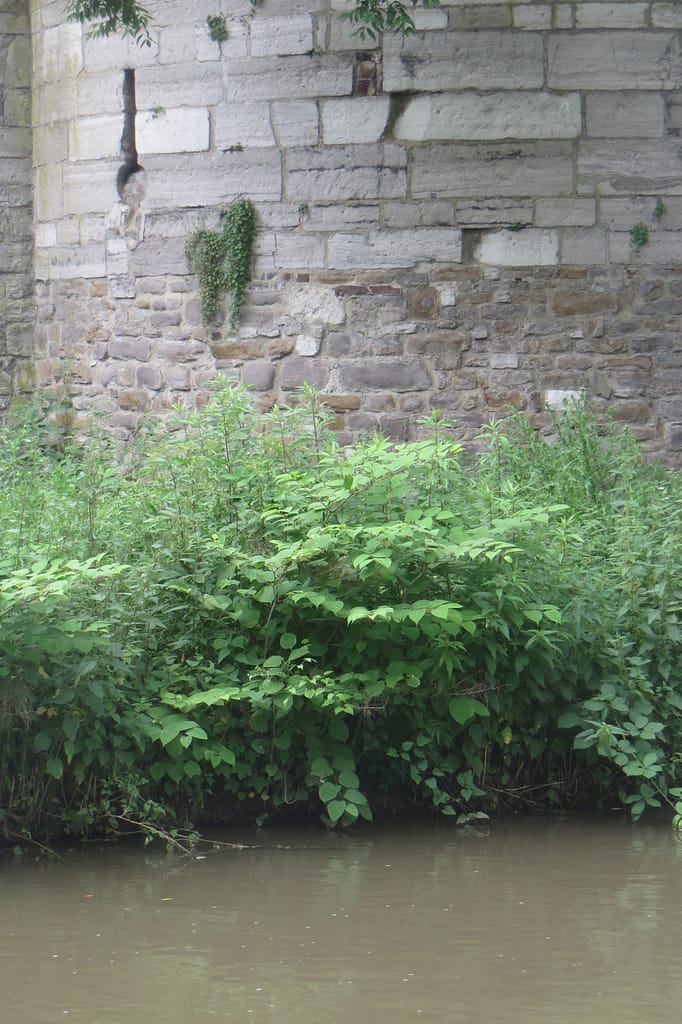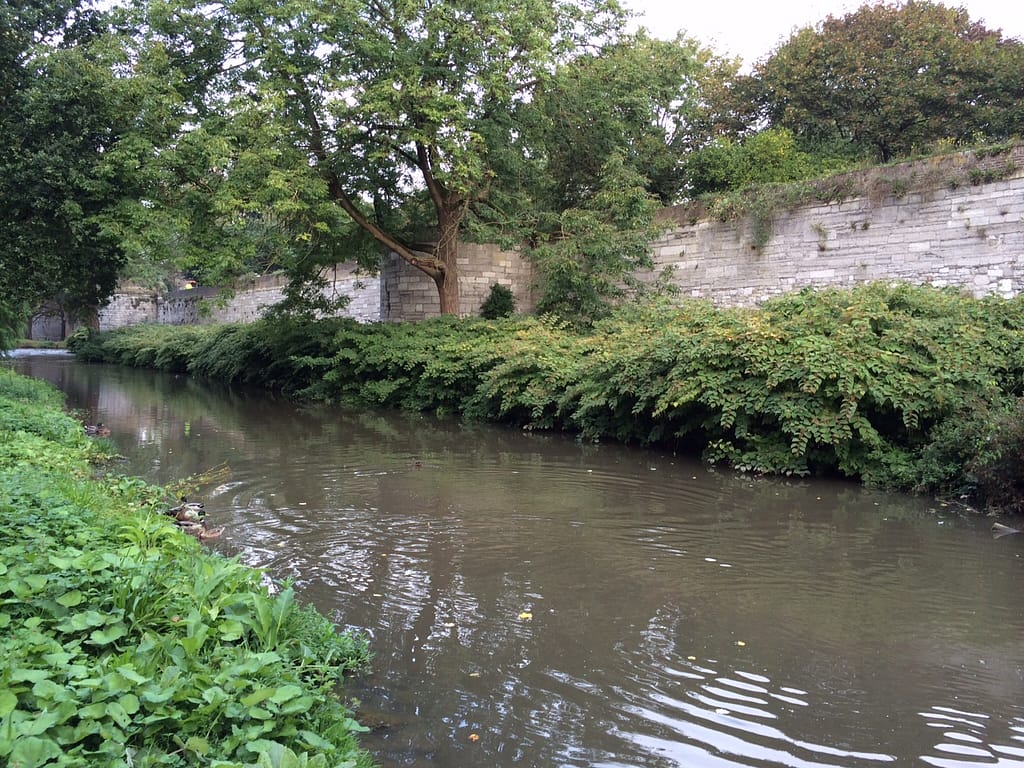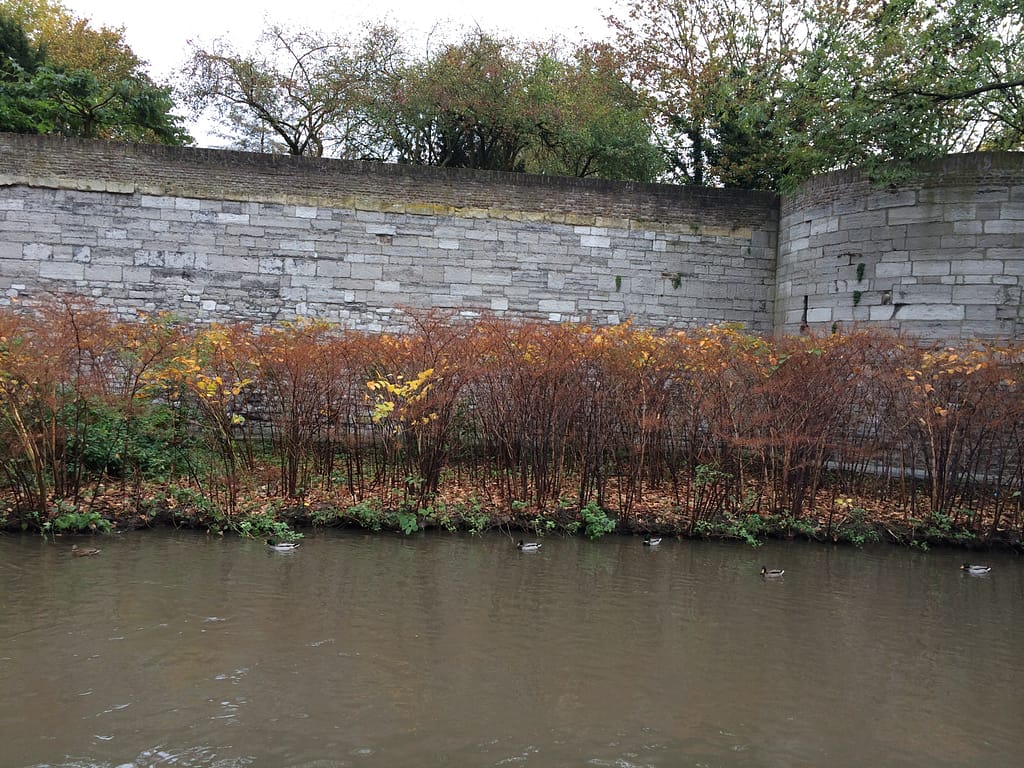Japanese knotweed
Explanation
The Japanese knotweed is a high-growing garden plant that flowers in August/September with white narrow flowering panicles. In winter, nothing of this plant can be seen, but in spring, from April, the rootstalks begin to grow. Within a short time, the stems rise to a height of up to 2 metres. In late summer, white flowers are formed, after which the stems and leaves die off again by the winter. The roots can reach a depth of 3-7 meters and can cause damage underground to foundations, pipes, and sewers.
Relationship with humans
Why we do what we do
Humans have a love-hate relationship with the Japanese knotweed. Initially, the plant was introduced as an ornamental plant to embellish gardens and parks, but over time the plant went wild, and because of its vitality it was seen as a pest. The root system can cause a great deal of damage to foundations, pipes, and sewers. This rapid grower displaces native plants. It is precisely because this plant is common in cities that the risk of damage is high. In Maastricht, the Japanese knotweed can be found in various places, often near the old fortifications. Here within Tapijn, there is a risk that the roots will harm the old city wall and, therefore, this plant is combated with all possible measures.
The hollow stems of the Japanese knotweed are edible. Various recipes can be found on the Internet. Perhaps this is also a way to control it?


